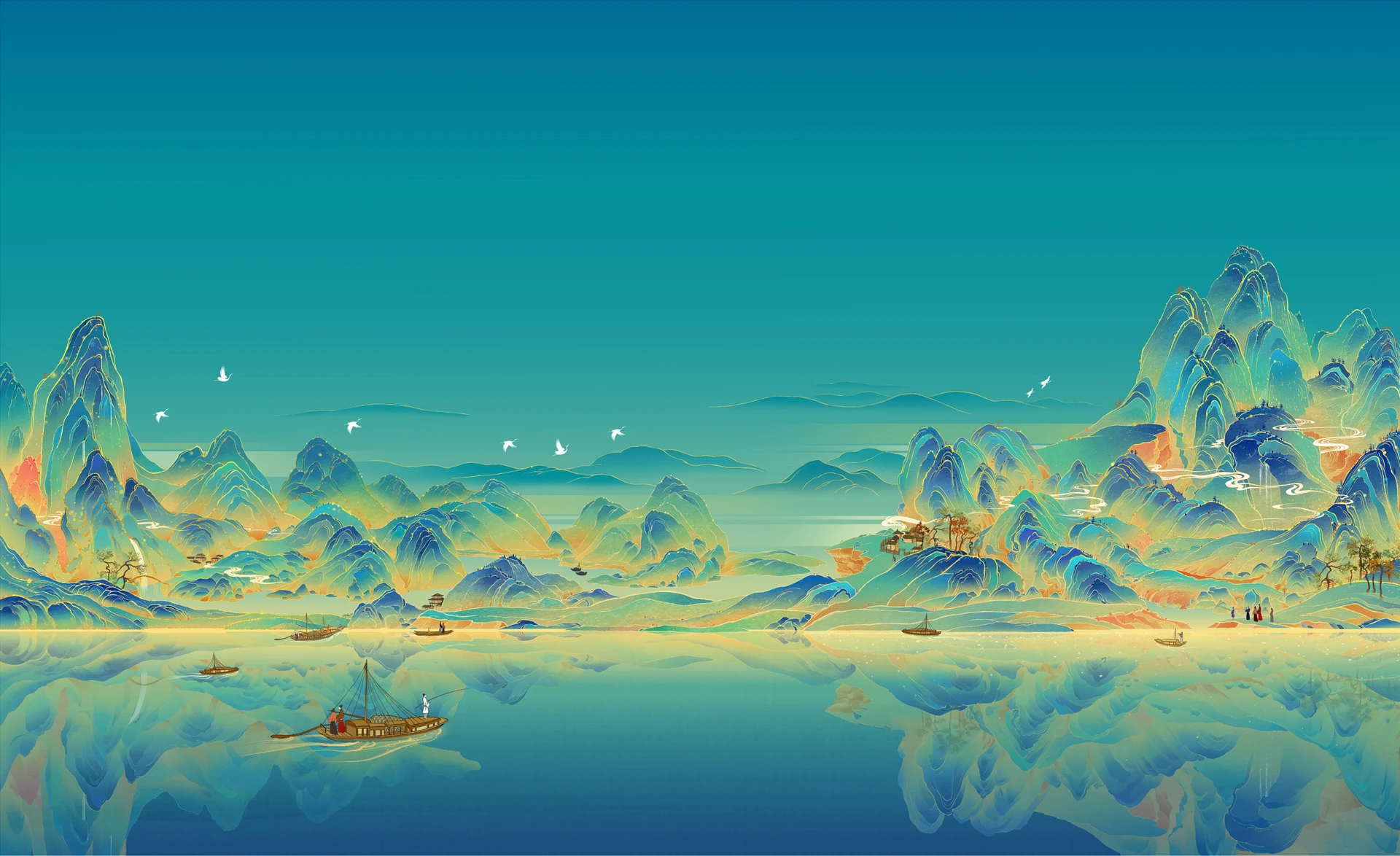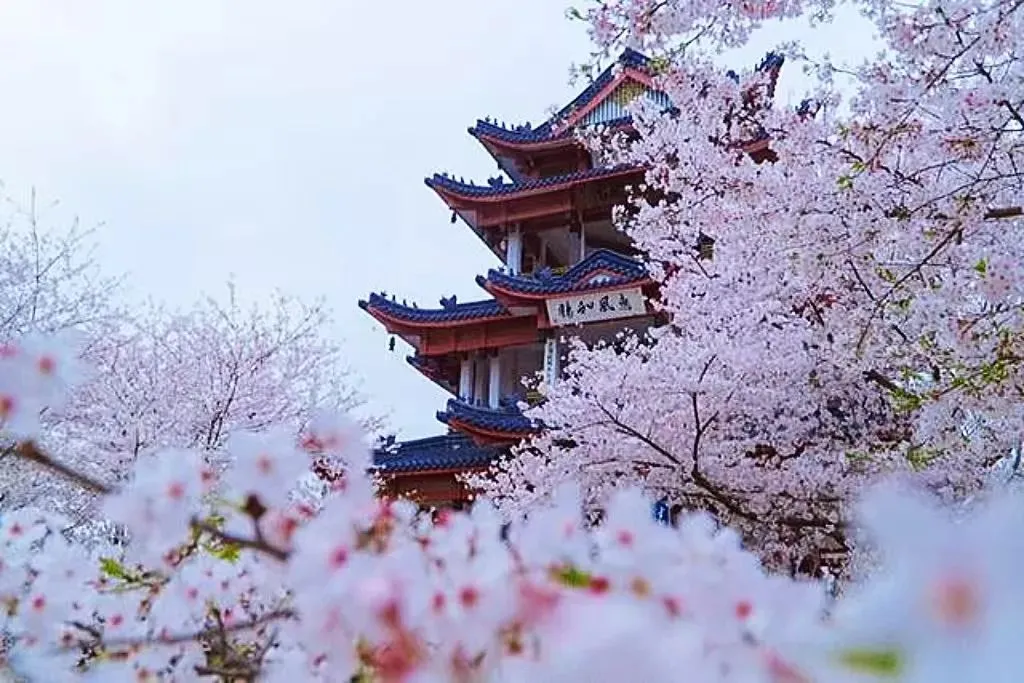
Destinations
This is your gateway to discovering China’s beauty! Whether it’s your first visit or a deeper exploration, we’ve got you covered.
Hubei
Hubei Province sits right in the heart of China, where the mighty Yangtze and Han rivers cross paths. This unique spot has created some incredible natural scenery and a really deep cultural history. It’s a place with stunning mountains and rivers, thousands of years of civilization, and a modern, innovative vibe that’s catching the world’s attention.

Nature and Culture Hand-in-Hand

Think vast rivers, huge lakes, and amazing mountains – that’s Hubei’s landscape. The Yangtze, Han, and Qing rivers flow through like jade ribbons, and with 755 lakes scattered around, it’s nicknamed the “Province of a Thousand Lakes.” You’ve got everything from the wild, ancient forests of Shennongjia (神农架) to the sacred Taoist peaks of Wudang Mountain (武当山), the stunning karst formations of Enshi Grand Canyon (恩施大峡谷), and the dramatic beauty of the Yangtze Three Gorges (长江三峡).
But these landscapes aren’t just pretty pictures; they’re steeped in culture. This is the heartland of Chu culture (楚文化) and the famous Three Kingdoms period (三国). It’s also inspired countless poems. For example, the famous poet Qu Yuan wrote his classic Chu Ci (楚辞) near Shennongjia, and the Yellow Crane Tower (黄鹤楼) became legendary thanks to poems by Li Bai and Cui Hao.
An Experience for Every Season




Hubei is great to visit any time of year. Spring brings cherry blossoms – the East Lake Cherry Garden (东湖樱园) in Wuhan is world-famous. Summer is perfect for escaping the heat in Shennongjia or enjoying water activities. Autumn fills the air with the sweet scent of osmanthus flowers, and winter offers surprisingly good skiing at some of Southern China’s largest resorts. Plus, there are relaxing hot springs, vibrant folk festivals like the Tujia people’s “Daughter’s Meet” (女儿会), and even cool tech experiences like driverless car rides and sky rail sightseeing tours. There’s something for everyone.
Where History Meets Modernity

This area was a cradle of Yangtze River civilization. Amazing artifacts like the Chime Bells of Marquis Yi of Zeng (曾侯乙编钟) and the Sword of Goujian (越王勾践剑) show off China’s incredible ancient history. Stories from the Three Kingdoms era happened right here, with over 180 related sites. Places like the ancient city walls of Jingzhou (荆州古城) and Longzhong (隆中) in Xiangyang bring history to life using cool light and sound tech. At the same time, Wuhan’s Optics Valley (光谷) showcases cutting-edge laser technology and self-driving car zones, showing off Hubei’s modern innovative side. It’s a unique mix of ancient charm and futuristic tech.
Easy to Get To, Easy to Get Around

Hubei is known as the “Thoroughfare of Nine Provinces” for a reason – it’s incredibly well-connected. High-speed trains can get you to 80% of China’s major cities within 4 hours. Wuhan Tianhe International Airport flies to four continents with 69 international routes, and the China-Europe Railway Express adds another link. Plus, policies like the 144-hour visa-free transit and multi-language payment options make it super convenient for international visitors.
A Taste of Hubei

Hubei’s food blends flavors from both northern and southern China. You’ve got to try local favorites like Hot Dry Noodles (热干面 – Reganmian), Wuchang Fish (武昌鱼 – Wuchangyu), and crayfish (小龙虾 – Xiaolongxia) – they’re famous all over. Local specialties like Hongshan Cabbage Stalks (洪山菜薹 – Hongshan Caitai) and Enshi Yulu Tea (恩施玉露茶) highlight the region’s rich produce. And don’t miss the local “Guozao” (过早) culture – the lively morning breakfast scene in the streets and alleys is a fantastic window into everyday life here.
So, whether you’re looking to trace ancient history, explore breathtaking nature, or feel the pulse of modern China, Hubei offers a rich, diverse, and time-traveling journey for every visitor.
Recommended Attractions and Activities:
- World-Class Natural Wonders
- Shennongjia (神农架): World Natural Heritage site, ancient forests, Dajiu Lake Wetland (大九湖湿地), Shennong Peak (神农顶).
- Yangtze Three Gorges (宜昌段 – Yichang Section): Cruise through high mountain gorges, see the Three Gorges Dam.
- Enshi Grand Canyon (恩施大峡谷): Karst landscape with gorges, sinkholes, and rock pillars.
- Qingjiang River Gallery (清江画廊): Scenic boat trip on the Qingjiang River, experience Tujia (土家) culture.
- Cultural Heritage & History Exploration
- Wudang Mountain (武当山): Taoist sacred site, World Cultural Heritage, ancient architecture complex.
- Yellow Crane Tower (黄鹤楼): Famous tower south of the Yangtze, overlook the river, learn about its poetic history.
- Ancient Longzhong (古隆中): Zhuge Liang’s hermitage, watch the live-action drama “Thatched Cottage · Zhuge Liang” (草庐·诸葛亮).
- Jingzhou Ancient City (荆州古城): Well-preserved ancient city walls, relics of the Three Kingdoms period.
- Tech & Urban Experiences
- Wuhan Optics Valley Tech Tour (武汉光谷): Experience the sky rail, driverless cars, laser technology.
- LBE Large-Space VR (Wuhan): Immersive experience “Knowing Wudang” (知道·武当).
- Special Cultural Routes
- Three Kingdoms Culture Route: Xiangyang (襄阳) – Longzhong (隆中) – Jingzhou (荆州) – Chibi (赤壁).
- Tujia Culture Route: Yichang (宜昌) – Enshi Grand Canyon (恩施大峡谷) – Tenglong Cave (腾龙洞) – Daughter City (女儿城).
- Chu Culture Route: Hubei Provincial Museum (Chime Bells) – Jingzhou Museum (Chu artifacts) – Qu Yuan’s Hometown (屈原故里).
- Cultural Performances
- “Thatched Cottage · Zhuge Liang” (草庐·诸葛亮) (Xiangyang): Large-scale live-action historical drama.
- Tenglong Cave Tujia & Miao Dance Show (腾龙洞土苗歌舞剧) (Enshi): Intangible cultural heritage performances inside the cave.